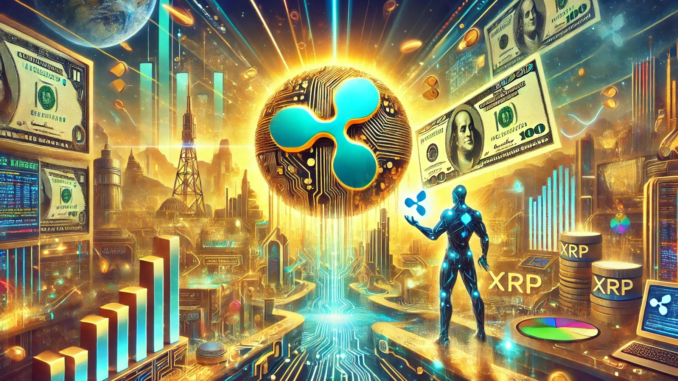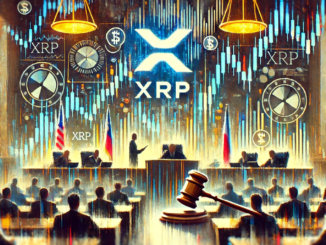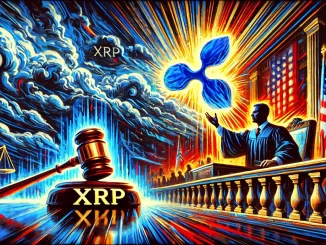
Table of Contents

Ripple’s Strategic Investment in Tokenized T-Bills
The leading payments network, Ripple, has recently made an announcement regarding a substantial investment of ten million dollars into a tokenized version of United States Treasury bills, also known as T-bills. The tokenization platform OpenEden is responsible for making these short-term U.S. government debts available on the XRP Ledger for the very first time. This information was disclosed in a release that was issued on Thursday.
Understanding Tokenized T-Bills
The assets that are used to back the TBILL tokens that are issued by OpenEden are assets that are invested in short-dated U.S. Treasuries and reverse repurchase agreements (repos) that are collateralized by U.S. Treasuries itself. Securities are referred to as repos when they are sold with an agreement to repurchase them at a higher price at a later date that has been specified. Over the course of the cryptocurrency industry, the tokenization of traditional financial securities and assets that exist in the real world is becoming an increasingly important sector. The issuance, management, and distribution of traditional assets, in particular private and alternative assets, can be accomplished in a more effective manner according to this method.
Industry Giants Embrace Tokenization
The United States Dollar Institutional Digital Liquidity Fund was launched on the Ethereum blockchain by BlackRock in March. BlackRock is the largest fund manager in the world in terms of assets under management. This fund is supported by cash, repo agreements, and bills issued by the United States Treasury. The tokenized Treasury bills that Ripple has recently allocated are a portion of a larger fund that the company will devote to tokenized Treasury bills that are provided by OpenEden and other issuers that have not been specified. On the other hand, neither OpenEden nor Ripple Labs has provided any specific dates for the allocation of proceeds from the fund.
The Role of XRP Ledger
The XRP Ledger, also known as XRPL, is a blockchain that is open-source and uses the cryptocurrency XRP to facilitate global financial transactions and currency exchanges. According to the tracking website rwa.xyz, as of Thursday, funds worth more than $780 million are locked up in tokenized versions of United States Treasuries. The growing trend and potential of integrating traditional financial assets with blockchain technology is highlighted by Ripple’s substantial investment, which highlights the integration of these two technologies.
Conclusion: Ripple’s Bold Move
The ten million dollar investment that Ripple has made in tokenized Treasury bills is a strategic move that represents an attempt to leverage blockchain technology for traditional financial instruments. This initiative draws attention to the growing intersection between traditional finance and the cryptocurrency industry, and it promises to make financial processes more efficient and transparent and to highlight this intersection. Investors and other stakeholders ought to continue to keep a close eye on the progression of this development and the impact it has on the larger financial ecosystem.

The Growing Trend of Real-World Asset (RWA) Tokenization
Real-world asset (RWA) tokenization is the process of producing digital tokens representing ownership of tangible or financial assets including real estate, commodities, or conventional securities. Blockchain technology is used here to improve asset management’s accessibility, efficiency, and transparency. Investors can gain from more liquidity, lower transaction costs, and fractionalized ownership by tokenizing RWAs, so facilitating portfolio diversification and access to world markets.
A prime illustration of this trend is Ripple’s investment in tokenized U.S. Treasury bills, which show how blockchain technology might transform conventional finance by closing the distance between digital and physical assets. This integration points to a visionary future in which blockchain technology is central in changing how assets are owned, traded, and managed, so producing a more inclusive and efficient financial ecosystem.
For further insights, visit our cryptocurrency website
Explore more about [Bitcoin’s price movements and market trends]







Be the first to comment